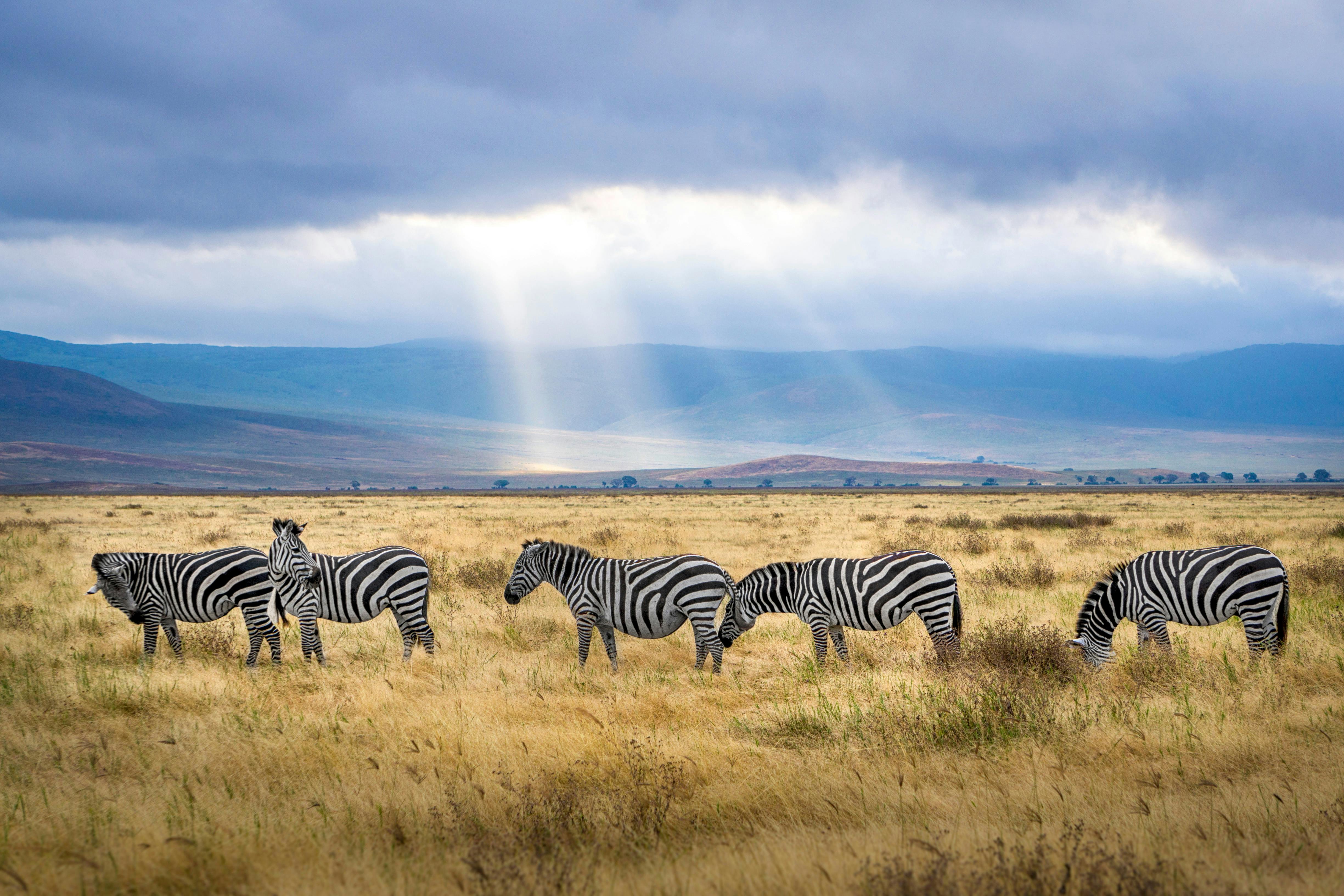In some parts of Africa, conservationists are actually hoping for more elephants. While that might sound surprising given the global worry about human-elephant conflict, certain ecosystems desperately need these giant herbivores to stay healthy. Let’s explore why adding more elephants could be the best thing for the bush.
Why Elephants Are Essential Engineers
Elephants aren’t just animals — they’re ecosystem engineers. By knocking down trees, clearing thickets, and digging water holes, they shape entire landscapes. Their actions help maintain open grasslands that support countless other species. Without enough elephants, these habitats can grow too dense and lose biodiversity.

Shrinking Herds Mean Big Problems
Poaching, habitat loss, and human conflict have reduced elephant numbers in many regions. In some reserves, fewer elephants mean invasive plants spread unchecked and vital grasslands shrink. Conservation managers fear losing the gentle balance elephants once maintained, hurting both wildlife and local communities that depend on healthy ecosystems.
Restoring Balance Through Relocation
Wildlife experts are exploring carefully managed elephant relocations to restock areas where herds have vanished. Moving elephants into underpopulated regions helps restore their ecological role. Translocation also spreads risk, preventing local extinctions if disease or drought hits a single herd. It’s a proactive approach to conservation.
Benefits for Other Animals
When elephants return to the bush, countless other species benefit. Antelope, zebras, and birds thrive in the open habitats elephants create. Their water-digging behavior also supports wildlife during droughts, providing natural watering holes. In a way, bringing back elephants means bringing back entire food chains.

Working With Communities
Bringing more elephants into an area isn’t simple. Conservationists must work closely with local communities to prevent crop damage or safety issues. Education, compensation schemes, and wildlife corridors are all part of making sure humans and elephants can coexist peacefully. Collaboration is key to long-term success.